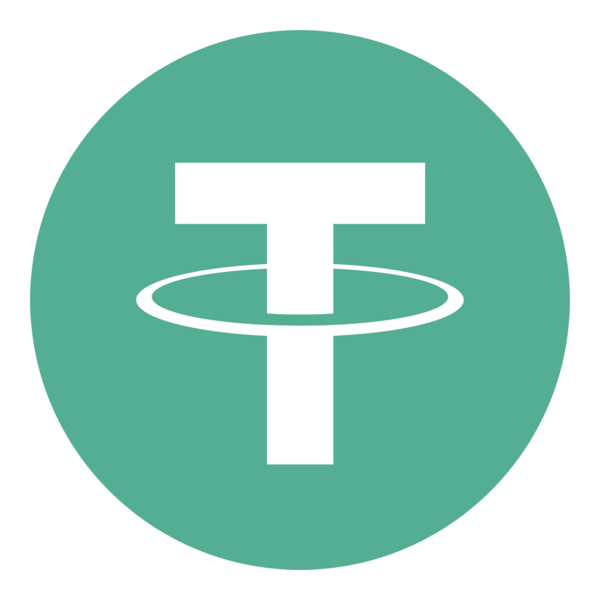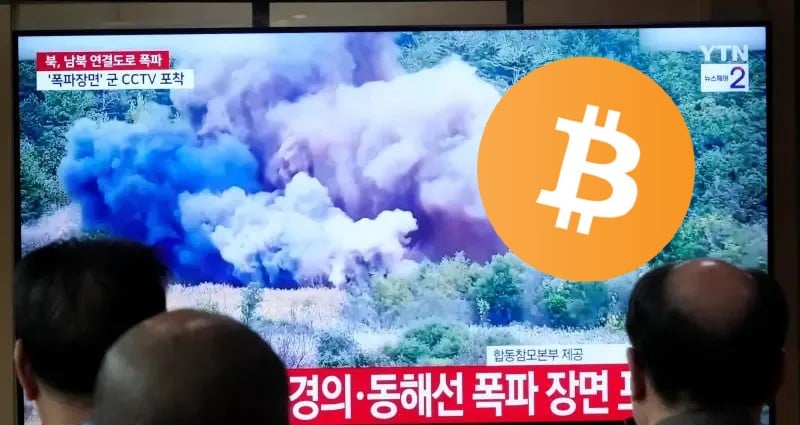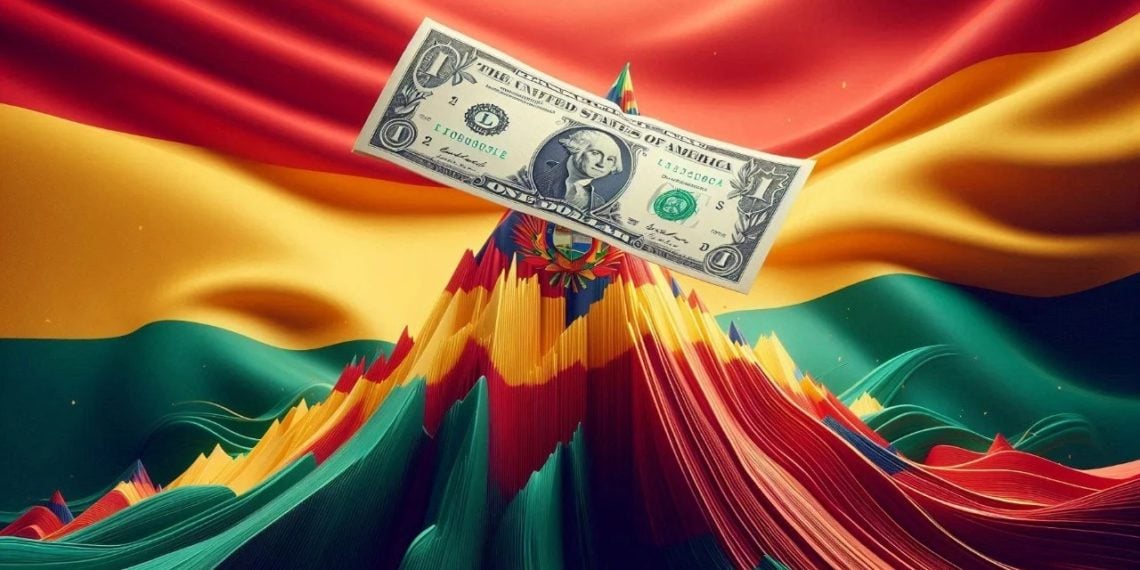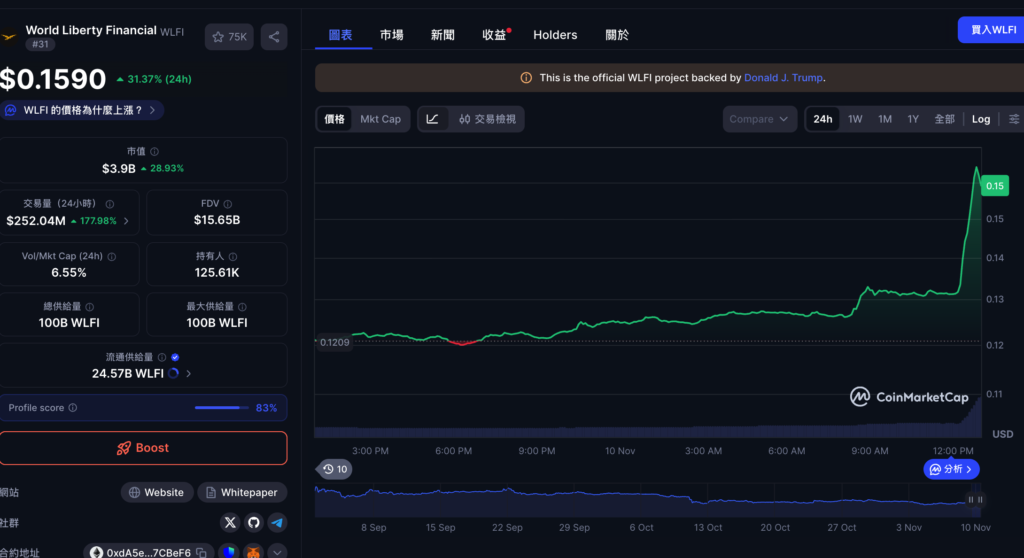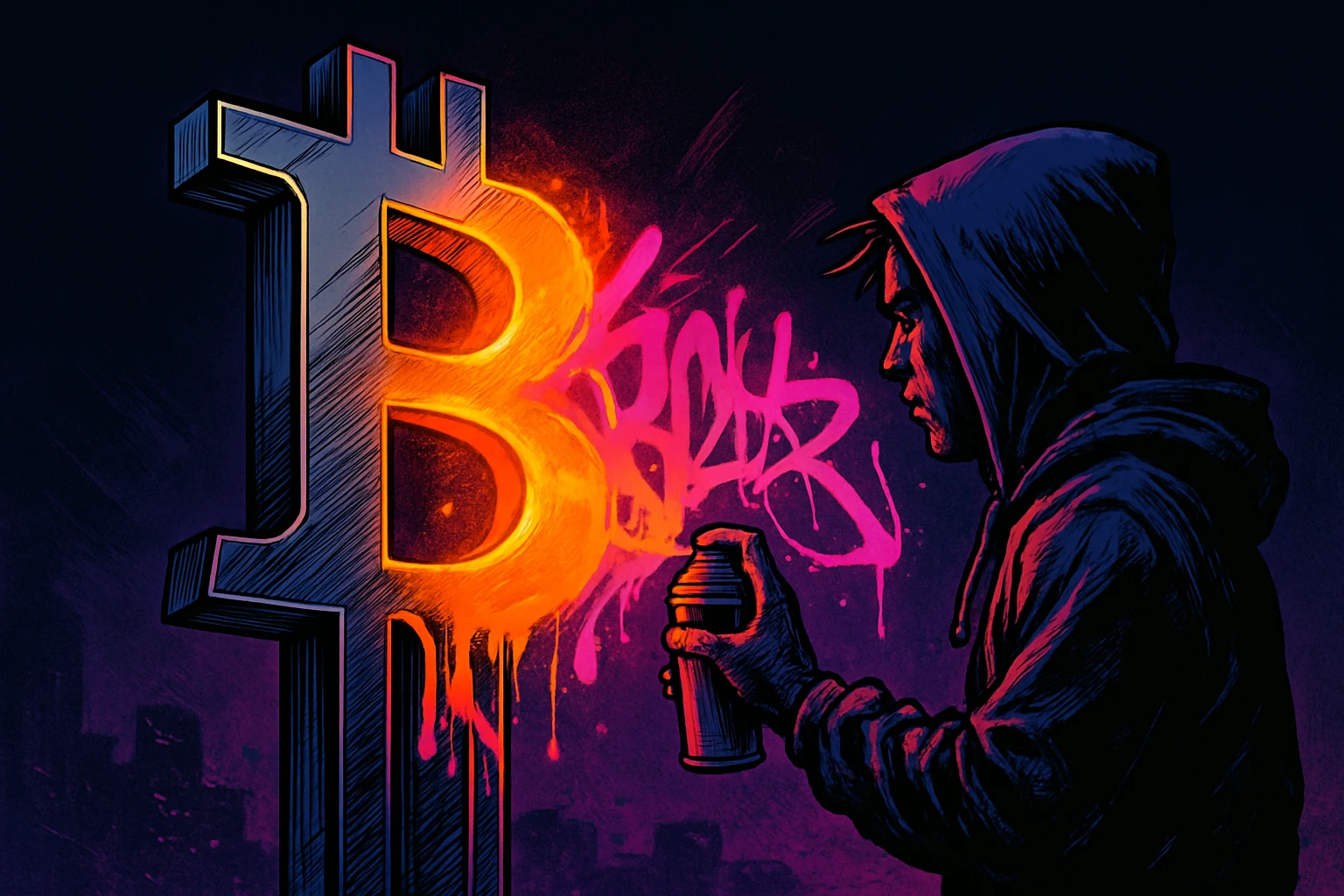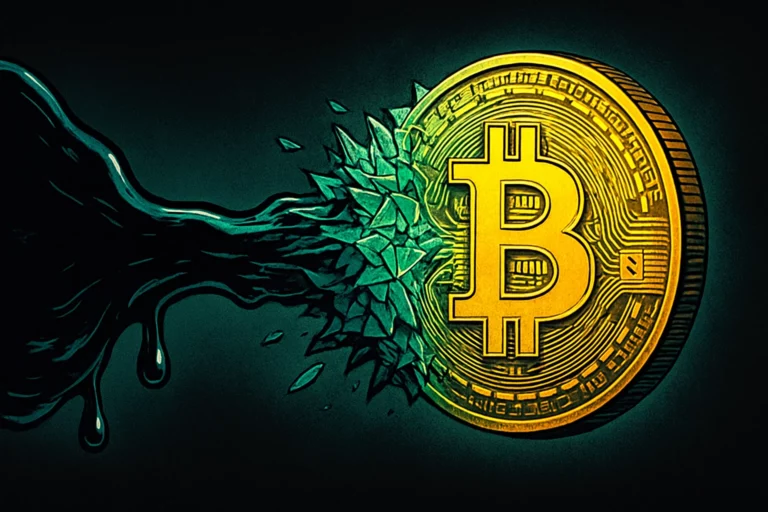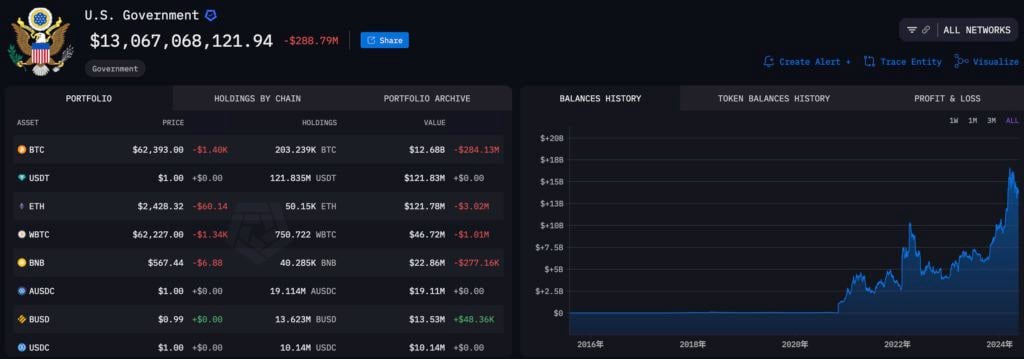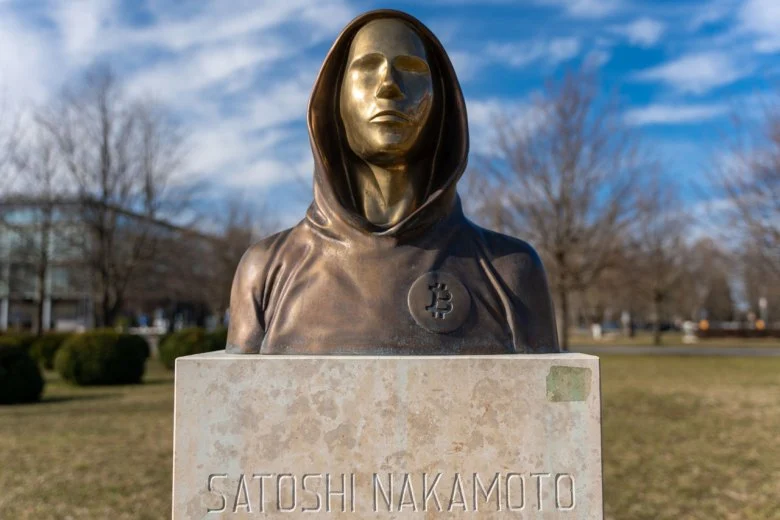Southeast Asian super app Grab is attempting to reduce cross-border settlement costs in Southeast Asia by embedding stablecoins into its payment system in partnership with the StraitsX protocol. However, regulatory attitudes remain the biggest uncertainty.
![图片[1]-Southeast Asian super app Grab partners with StraitsX to build a stablecoin payment network and accelerate the integration of Web3 into daily food delivery and ride-hailing.-OzABC](https://www.ozabc.com/wp-content/uploads/grab-750x375-1.webp)
EastSouth Asian super app Grab and Singapore-based stablecoin issuer StraitsX signed a memorandum of understanding yesterday (18th). The two parties plan to directly embed the stablecoin settlement layer into Grab’s payment network spanning eight countries, challenging the long and expensive cross-border processes of traditional banks and SWIFT.
Upgraded from “value-added services” to basic water pipes
In the past, Grab’s attempts with NFT coupons or plug-in wallets were mostly marketing experiments. This collaboration is more like tearing down the foundation of an old house and rebuilding the pipes: MOU mentioned that they will create a “Web3-supported settlement layer” to make XSGD and XUSD stablecoins the default settlement track. If regulators approve, funds can be settled on-chain instantly when users click to pay in the Grab App.
StraitsX CEO Tianwei Liu stated frankly:
Southeast Asia’s payment system is inherently fragmented and expensive. Existing cross-border remittances are like changing trains on railways of different gauges—costly and slow. Our goal is to lay a universal digital railway.
Solving the cost pressure caused by fragmentation
Southeast Asia has multiple currencies and foreign exchange controls, and cross-border payments often take T+2 days to be credited. Grab and StraitsX plan to shorten the arrival time to T+0, allowing for immediate cash flow recovery. This efficiency improvement is especially crucial for SMEs that rely on high turnover.
Grab’s Head of Finance, Kell Jay Lim, stated, “We wanted to use Web3 for the backend, but maintain a familiar user experience to make the technology invisible.”
A 2026 roadmap extending to Taiwan and Japan.
In its official roadmap announcement in November , StraitsX revealed plans to expand its network to Taiwan and Japan by 2026. This means that in the future, Taiwanese tourists using Grab in Bangkok, Malaysia, and other destinations will be able to instantly exchange local fiat currency for stablecoins, bypassing high credit card transaction fees and bringing new options to the tourism and e-commerce ecosystem.
Regulatory fragmentation is the biggest variable.
However, technological feasibility does not guarantee acceptance. The eight countries Grab operates in, including Singapore, Malaysia, Indonesia, and Thailand, have vastly different regulations regarding digital assets. While the Monetary Authority of Singapore has released a stablecoin framework, most emerging markets still view crypto payments as a threat to their monetary sovereignty.
Both Grab and StraitsX must comply with local AML and CTF regulations, respectively, incurring high compliance costs, while regulatory attitudes determine the speed of progress. If Grab wants to extend its payment network across Asia, it must first overcome policy hurdles.
In summary, Grab and StraitsX’s move to elevate stablecoins to a regional settlement layer aims to challenge the inefficiencies of traditional finance; whether this will be implemented depends on the final approval of central banks and regulatory agencies in various countries.




